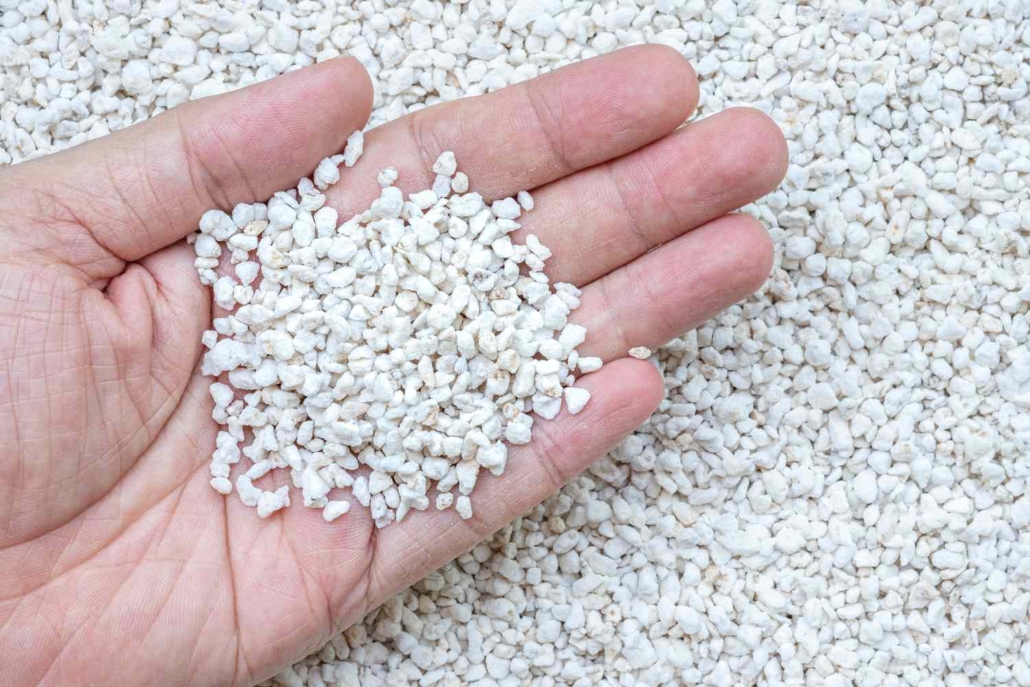How is Perlite Used In Soil
Perlite is a type of volcanic glass that is commonly used as a soil amendment in gardening and horticulture. It is formed by heating volcanic glass at high temperatures, causing it to expand and become lightweight. Perlite is characterized by its white color and lightweight, porous structure, which provides several benefits when added to soil.
Here are some ways perlite is used in soil:
- Improving Drainage: Perlite has excellent drainage properties due to its porous nature. When added to soil, it helps to create air pockets and improve the soil’s overall drainage capacity. This prevents waterlogging and allows excess water to drain away more efficiently, reducing the risk of root rot in plants.
- Enhancing Aeration: Perlite is lightweight and creates air pockets in the soil. These air pockets increase the oxygen availability to plant roots, promoting healthy root growth and overall plant development. Adequate aeration in the root zone is crucial for nutrient uptake and the prevention of soil compaction.
- Retaining Moisture: Despite its excellent drainage properties, perlite can also retain a small amount of moisture. It acts as a reservoir, holding moisture around the particles, which can be beneficial during periods of drought or when watering is irregular. This helps to maintain a more balanced moisture level in the soil, preventing excessive drying out.
- Preventing Soil Compaction: Perlite’s lightweight nature helps to prevent soil compaction, which occurs when the soil becomes dense and air and water movement are limited. By incorporating perlite into the soil, it keeps the soil loose and friable, allowing for better root penetration and nutrient uptake.
- Adjusting Soil Texture: Perlite can be mixed with heavy or compacted soils to improve their structure and texture. It helps to break up clumps and create a looser, well-draining soil environment. This is particularly useful in clay soils, which tend to be dense and poorly draining.
When using perlite, it is typically mixed with potting soil, garden soil, or other growing mediums. The ratio of perlite to soil can vary depending on the specific needs of the plants being grown, but a common recommendation is to use a mixture of 10-50% perlite and 50-90% soil, depending on the desired drainage and aeration characteristics.
Overall, perlite is a versatile soil amendment that can improve the physical properties of soil, providing better drainage, aeration, and moisture retention. It is commonly used in container gardening, raised beds, and hydroponic systems to create an optimal growing environment for plants.



